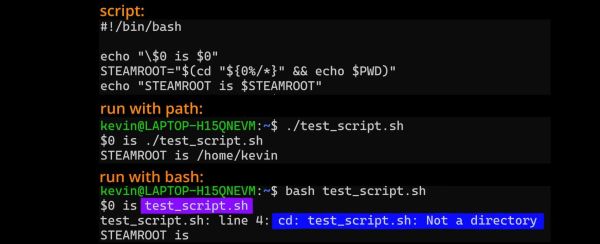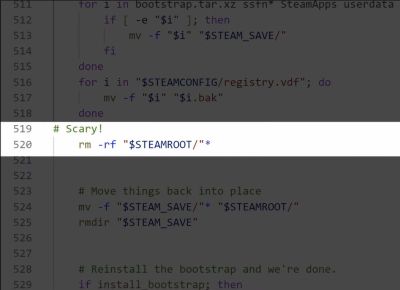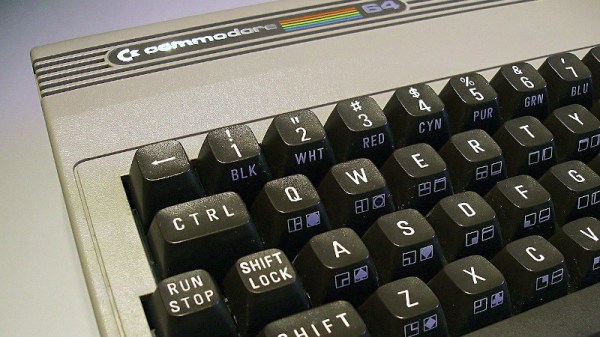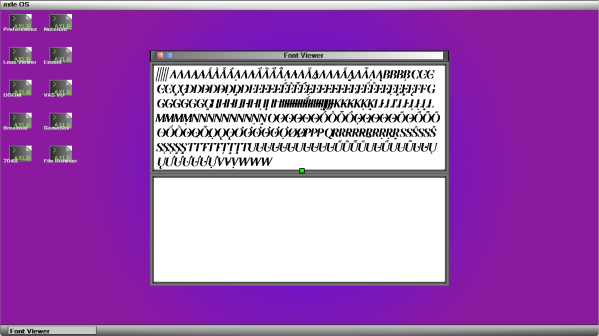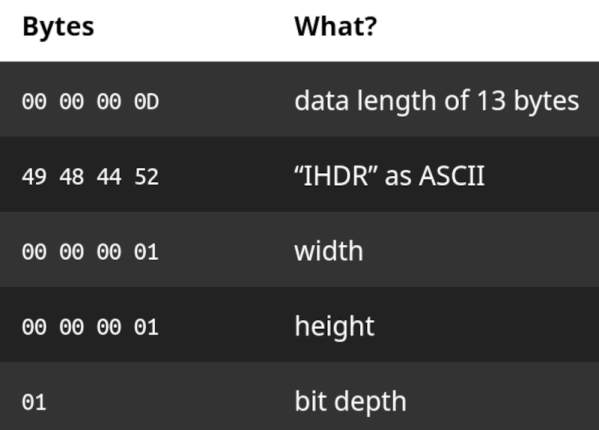One of the most exciting aspects of the C programming language — as effectively high-level assembly — is that although it’s a bit friendlier for the developer, it also adds a lot of required know-how on account of its portability across platforms and architectures. This know-how is what [Oleksandr Kaleniuk] manages to wonderfully illustrate with a simple 5-question, multiple-choice quiz on what the return value is of the provided function snippets of C code. How well do you know C?
For those who have had their run-ins with C directly (or indirectly via the support for it in languages like C++) the words ‘undefined behavior‘ (UB) are likely to induce a nervous twitch or two, along with a suspicious glance at whichever parts of reality are about to evaporate and destabilize the Universe this time. Although it is said that a proper C program is written with zero UB cases in it, in practice this can be rather tough, even before considering the other exciting ways in which a piece of code can fail to do the expected thing.
For languages other than C this is of course also a challenge, which is the reason why certification programs for e.g. avionics go out of their way to weed out such preventable issues, and only few programming languages like Ada (anything avionics, medical, etc.) and C++ (F-35 and other US DoD projects) make it into devices where failure is literally not an option.


